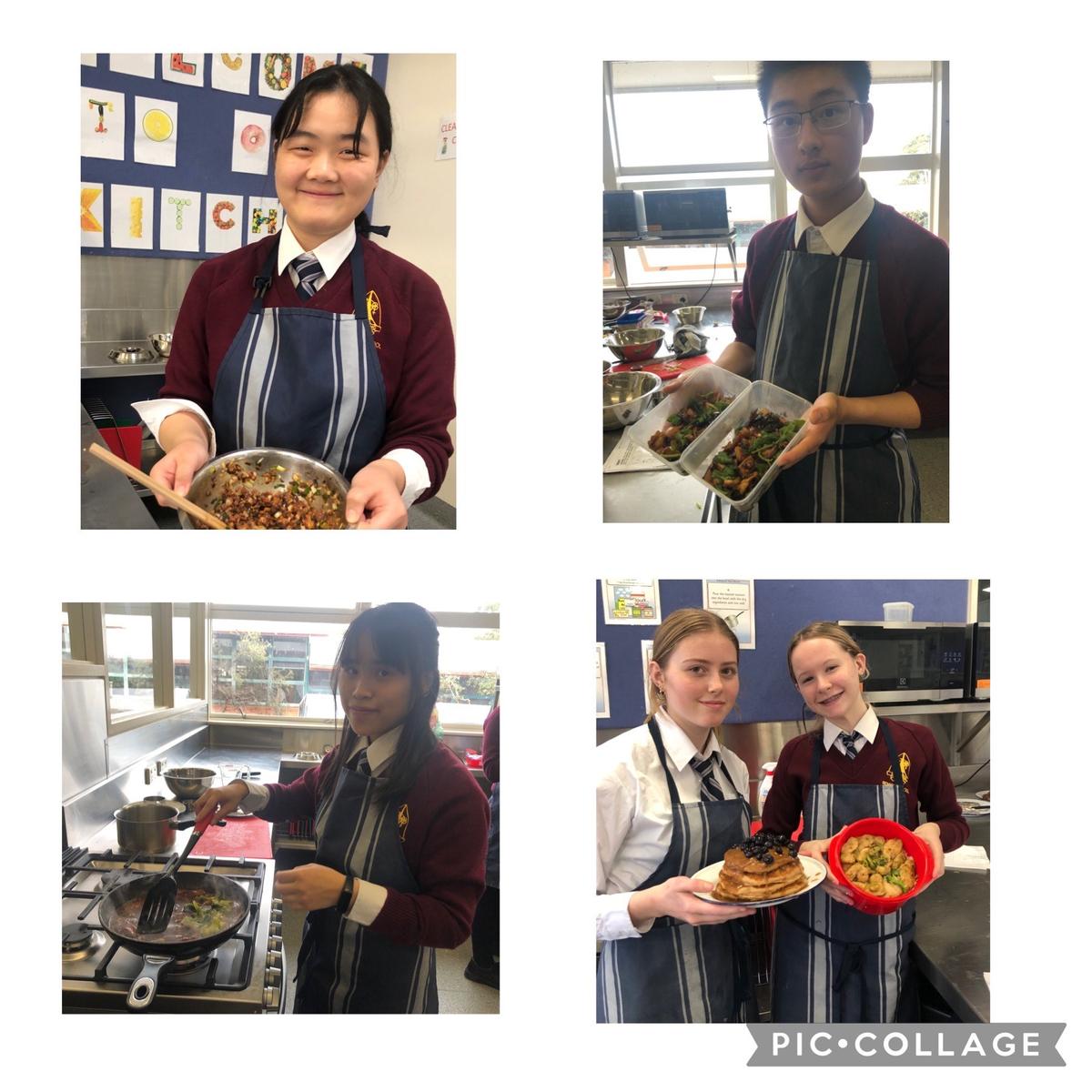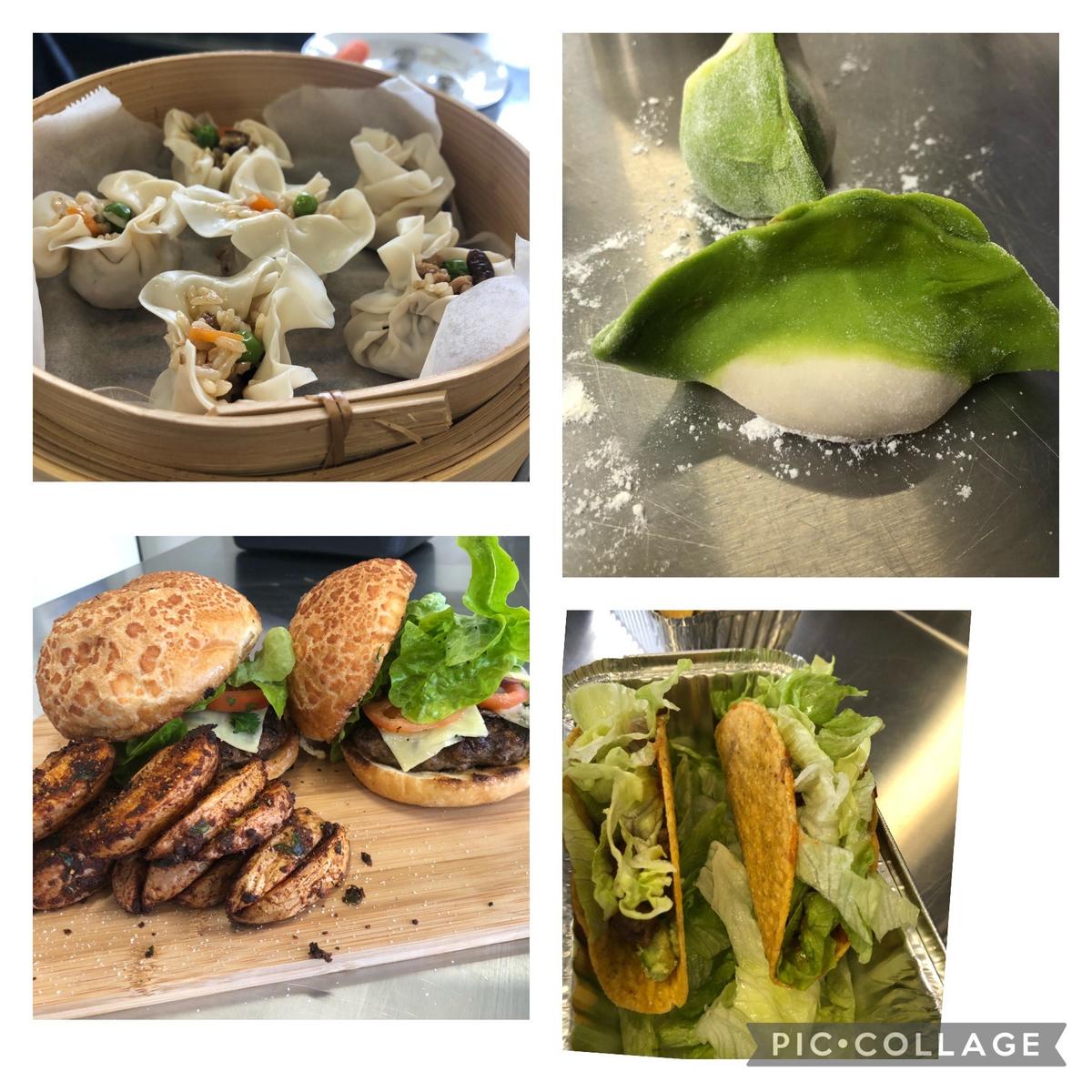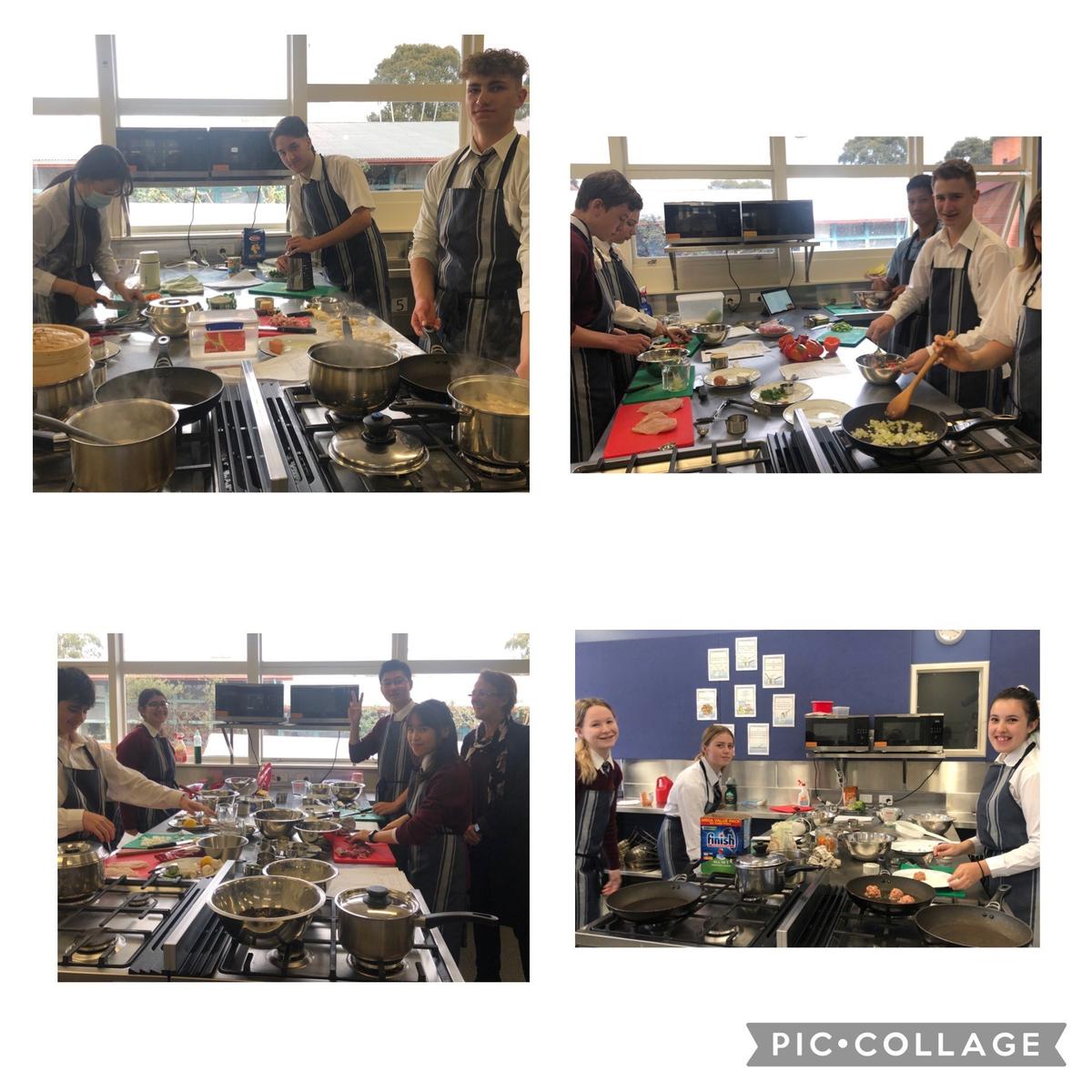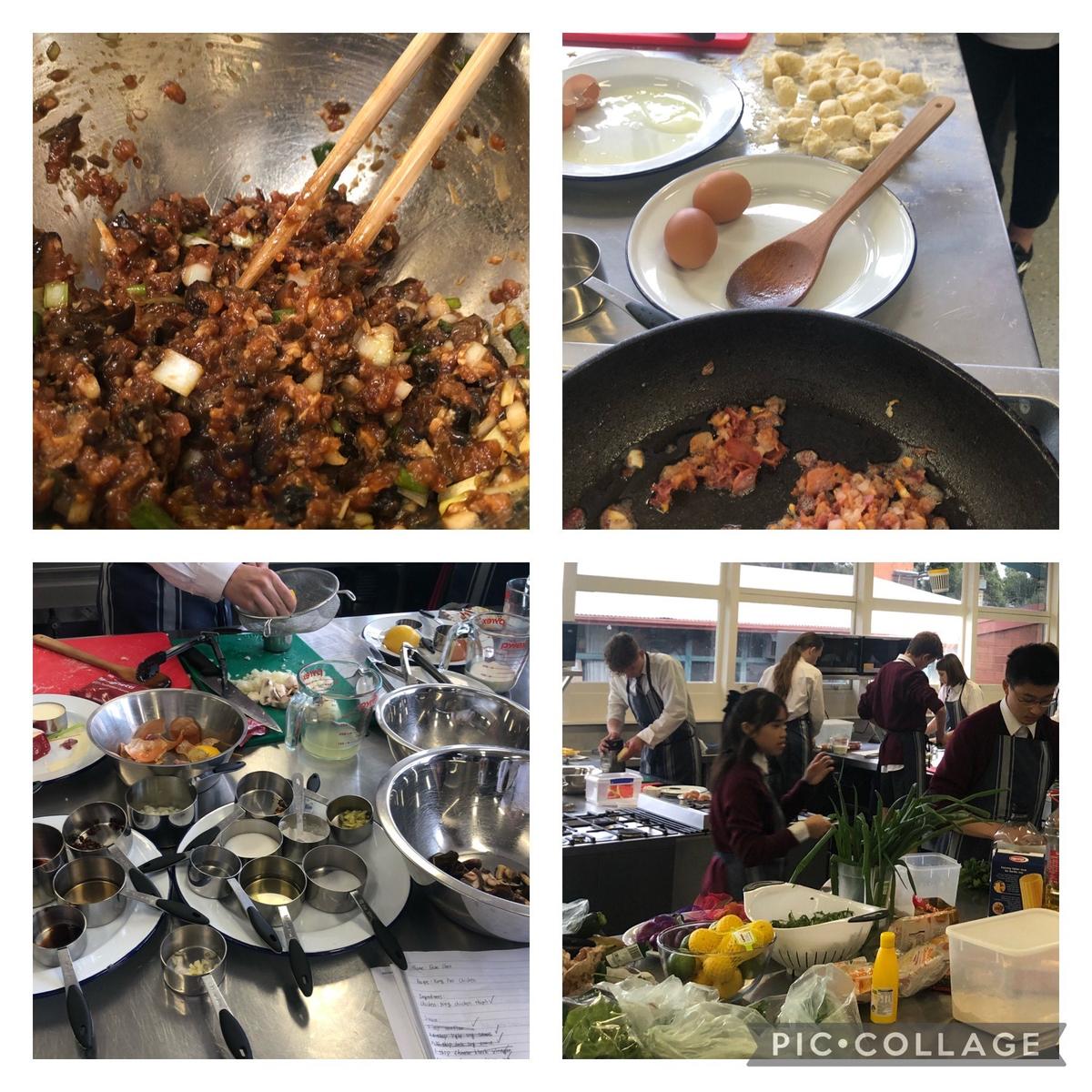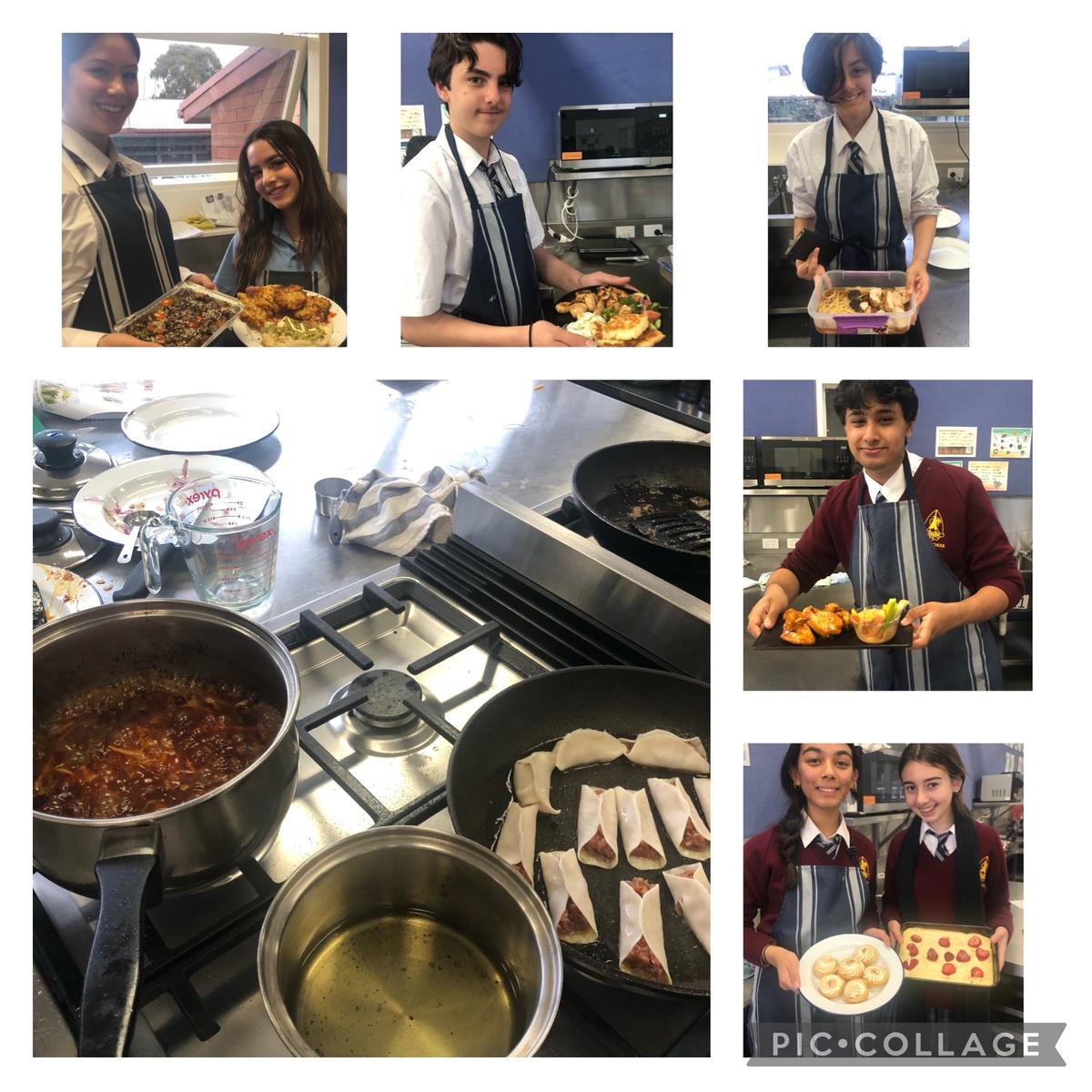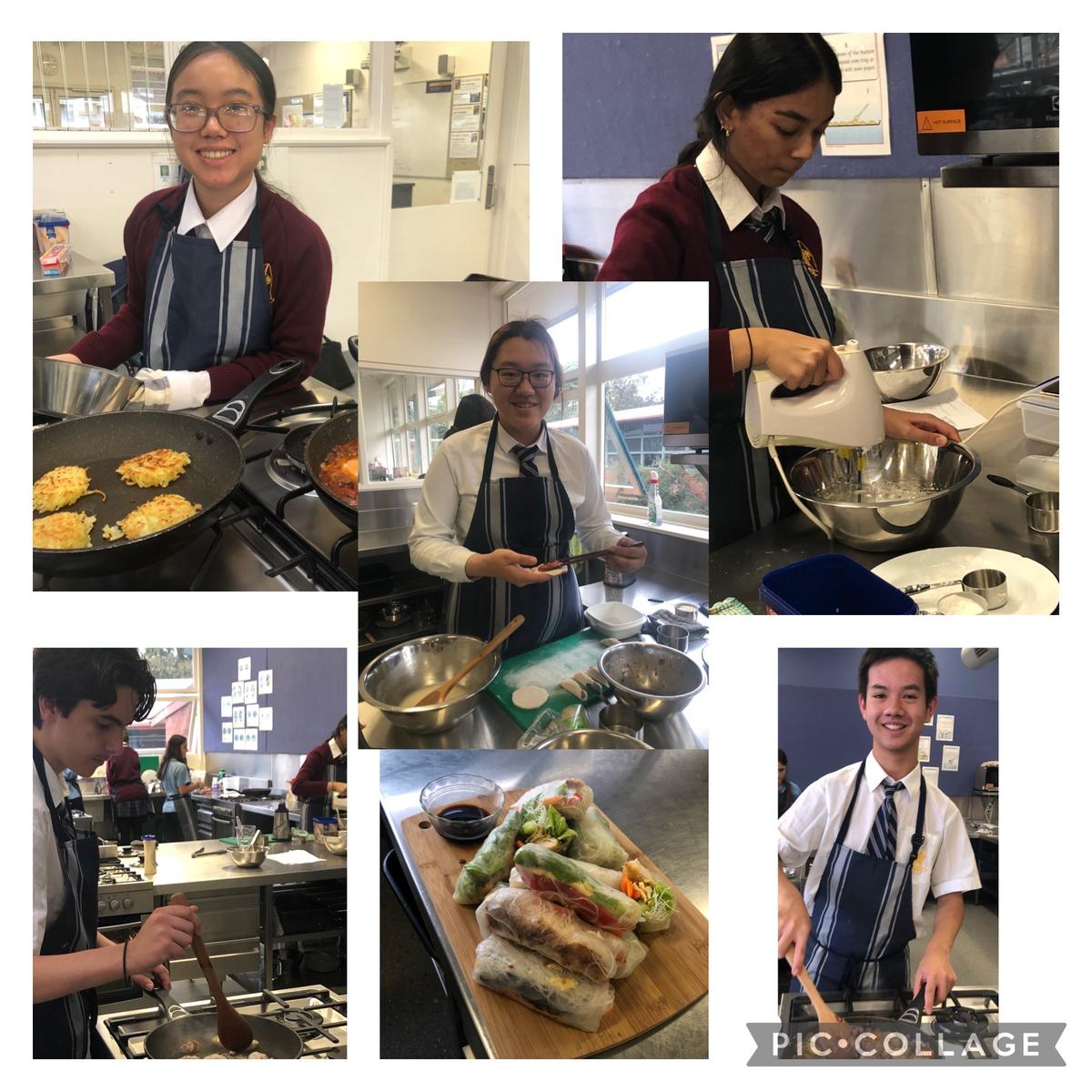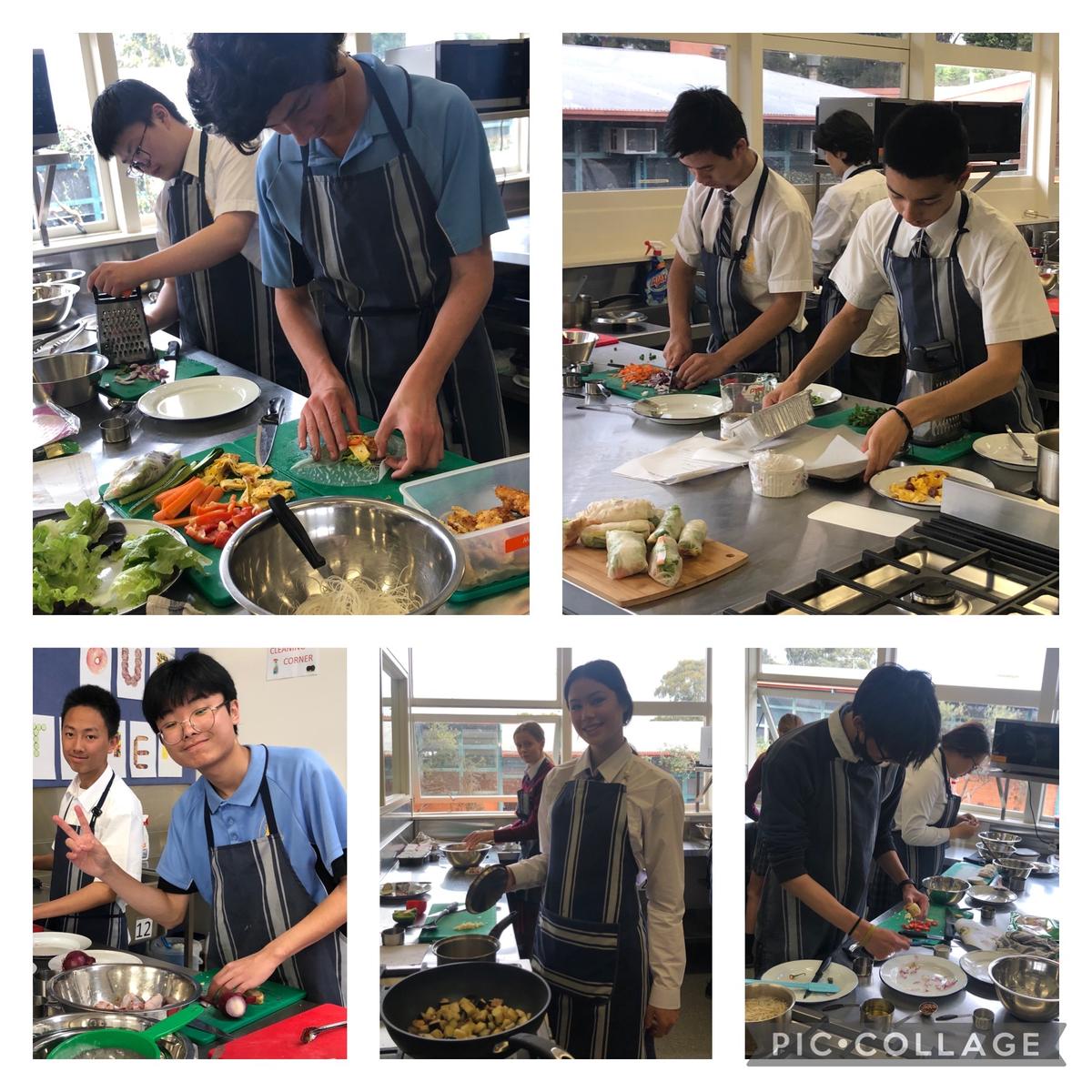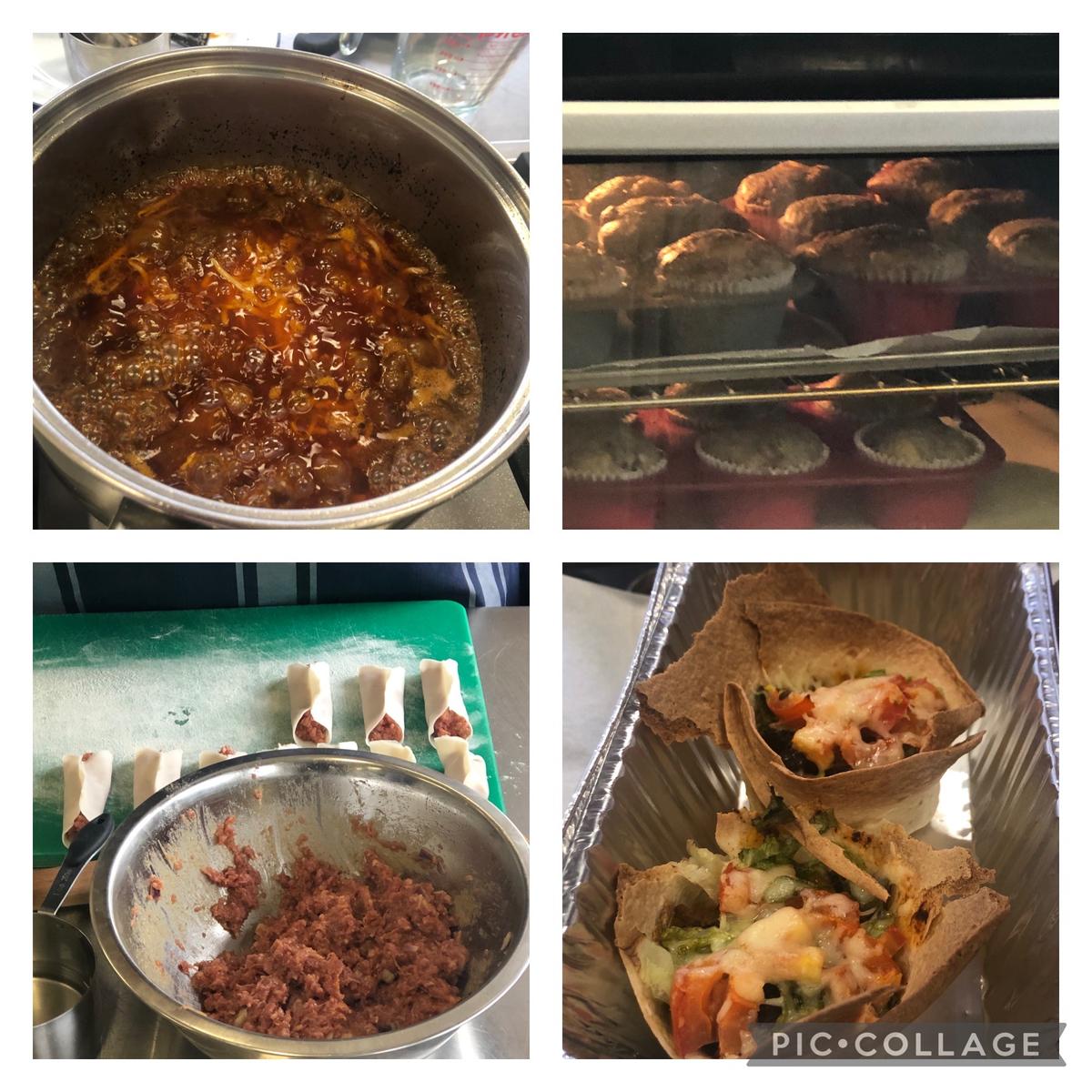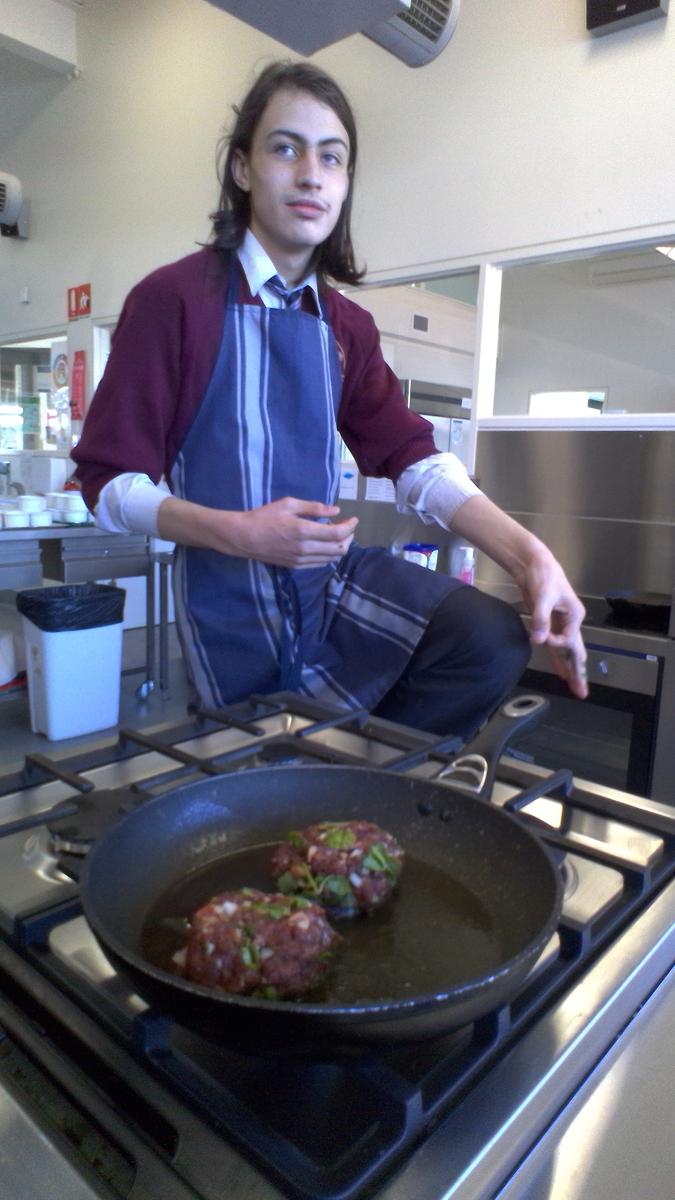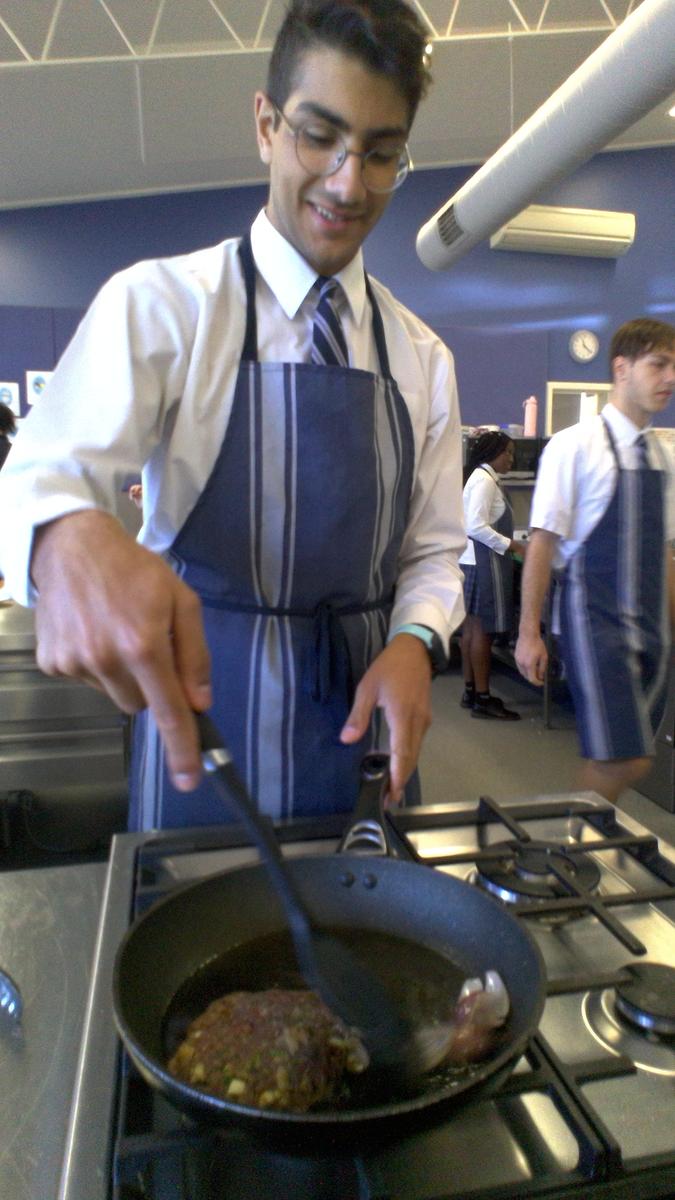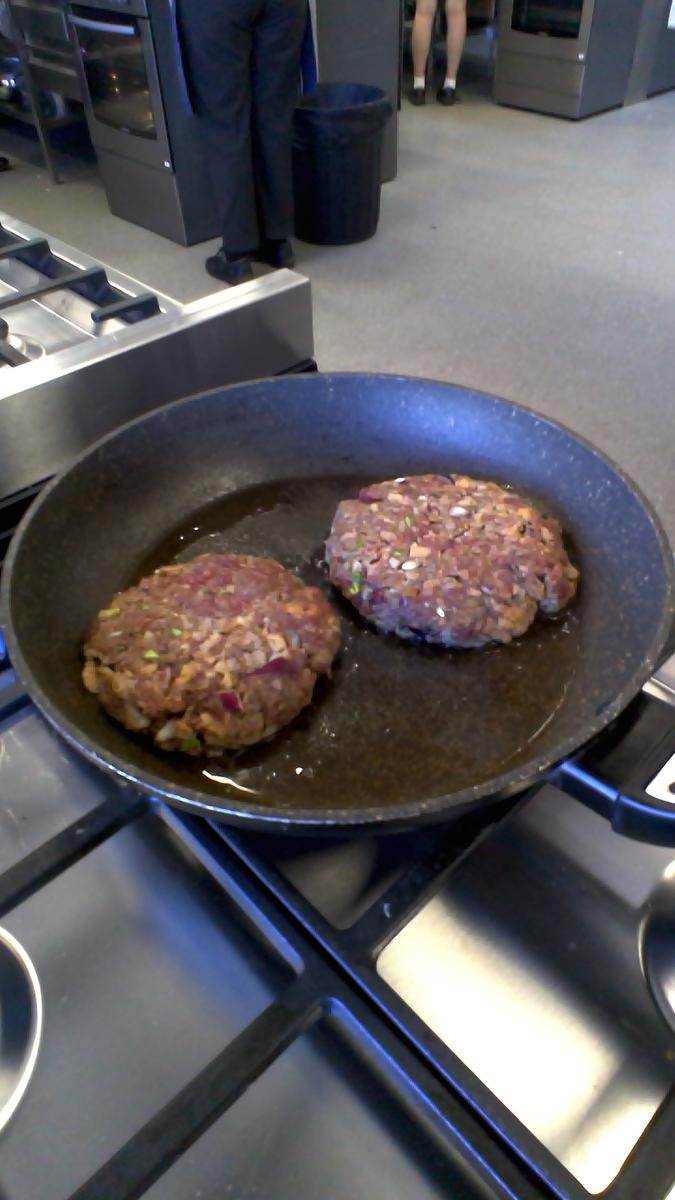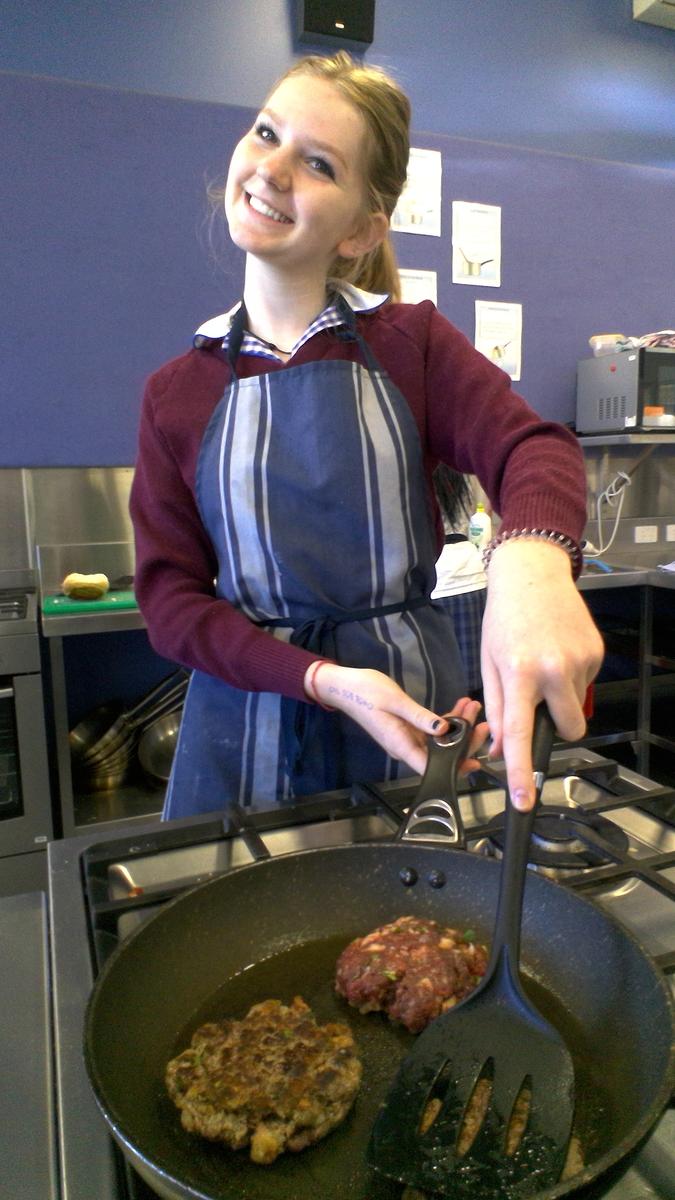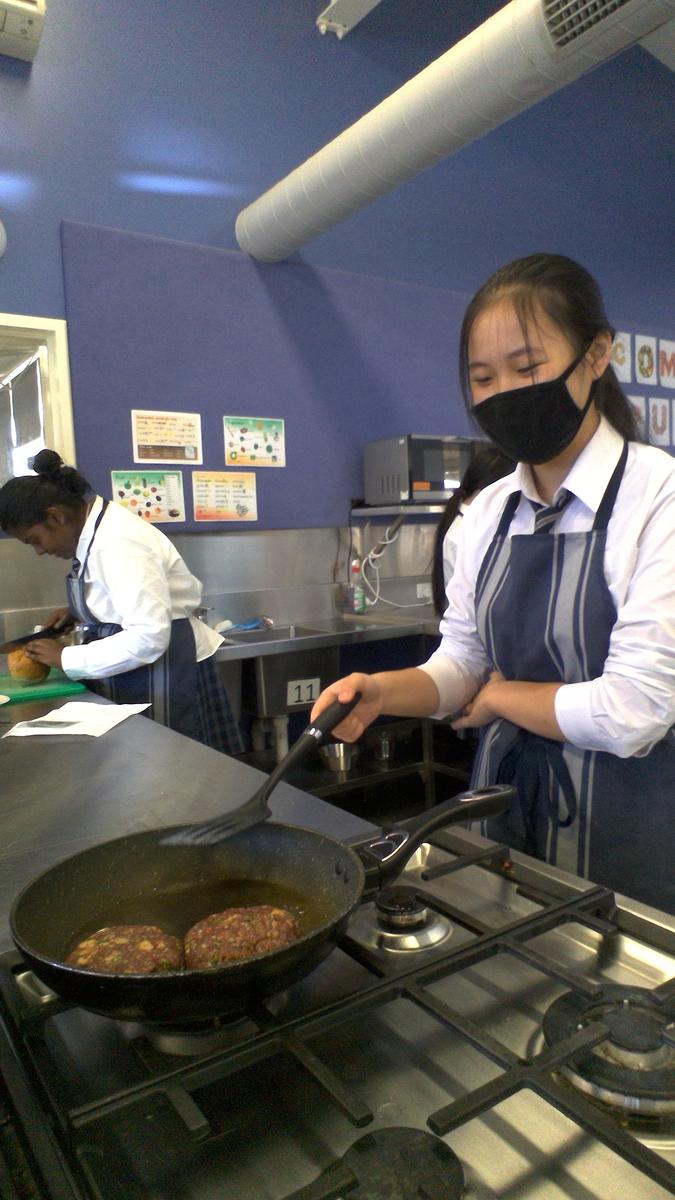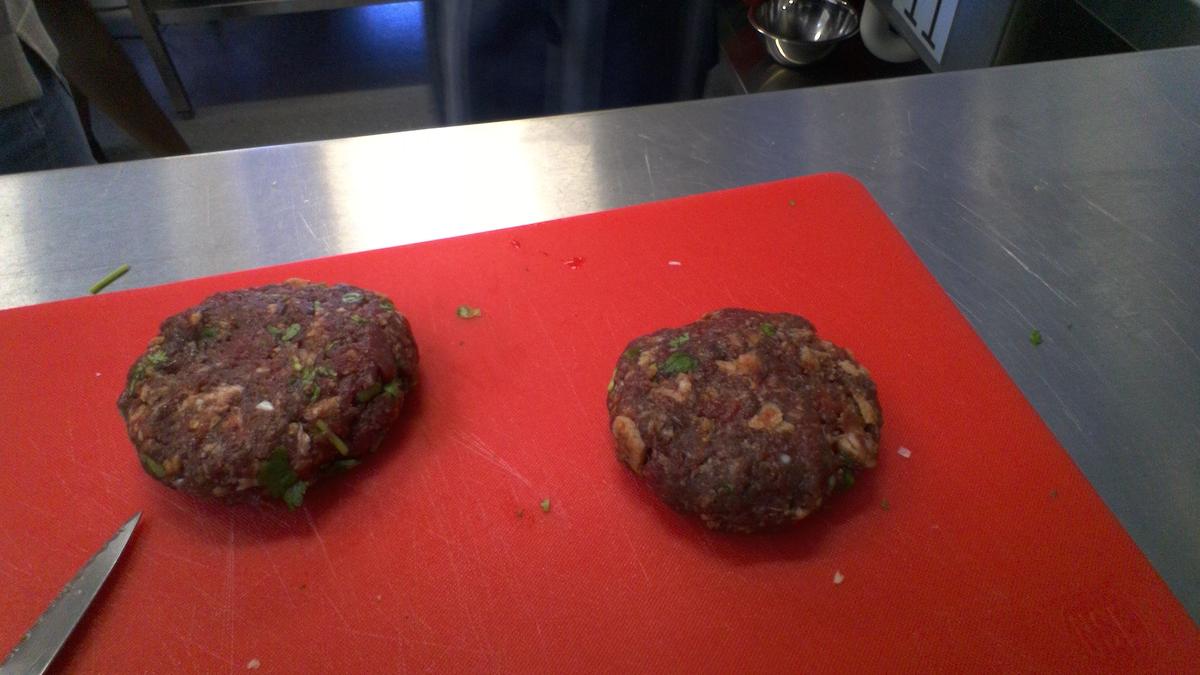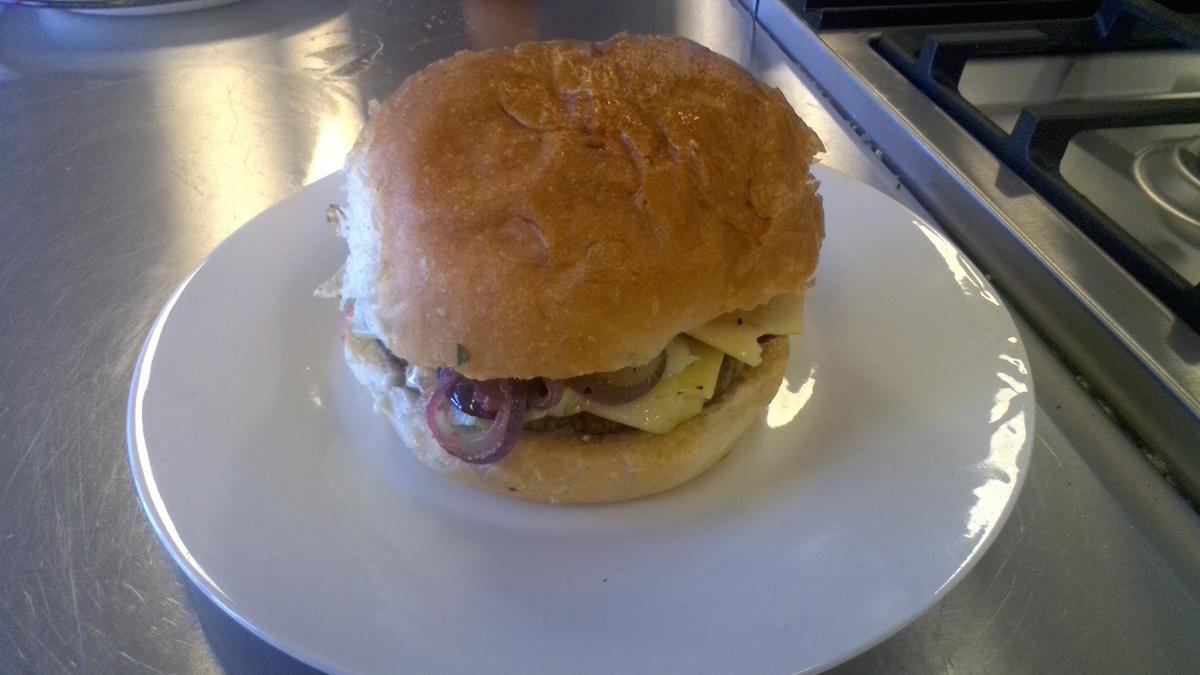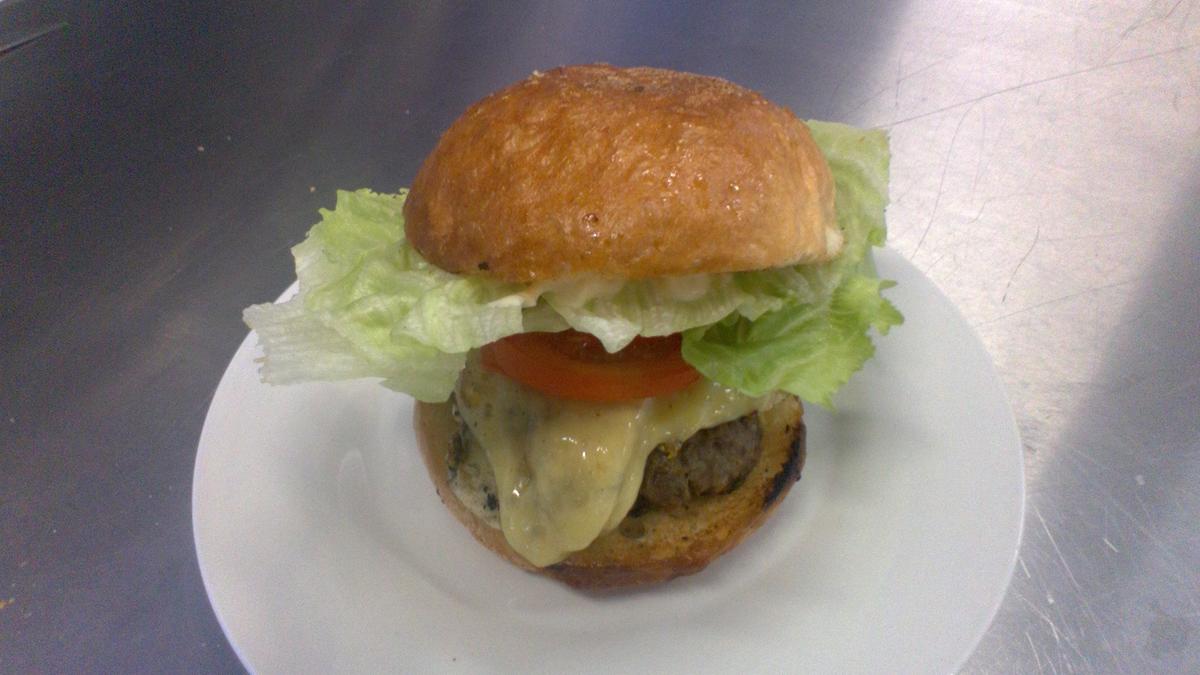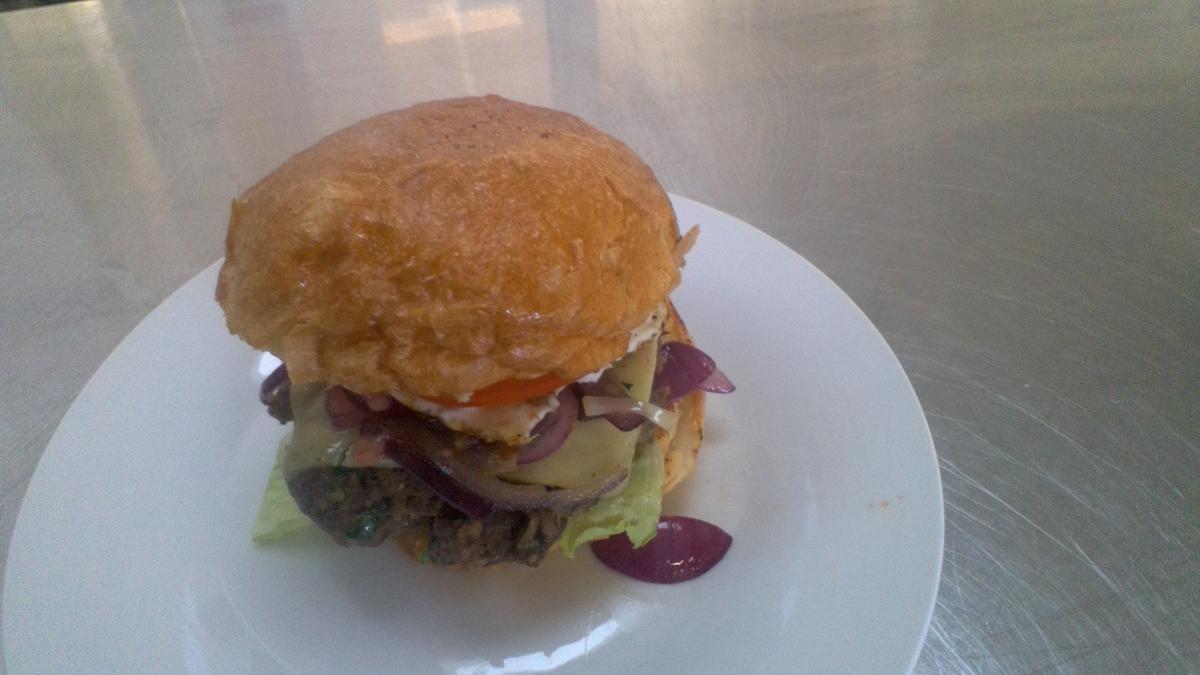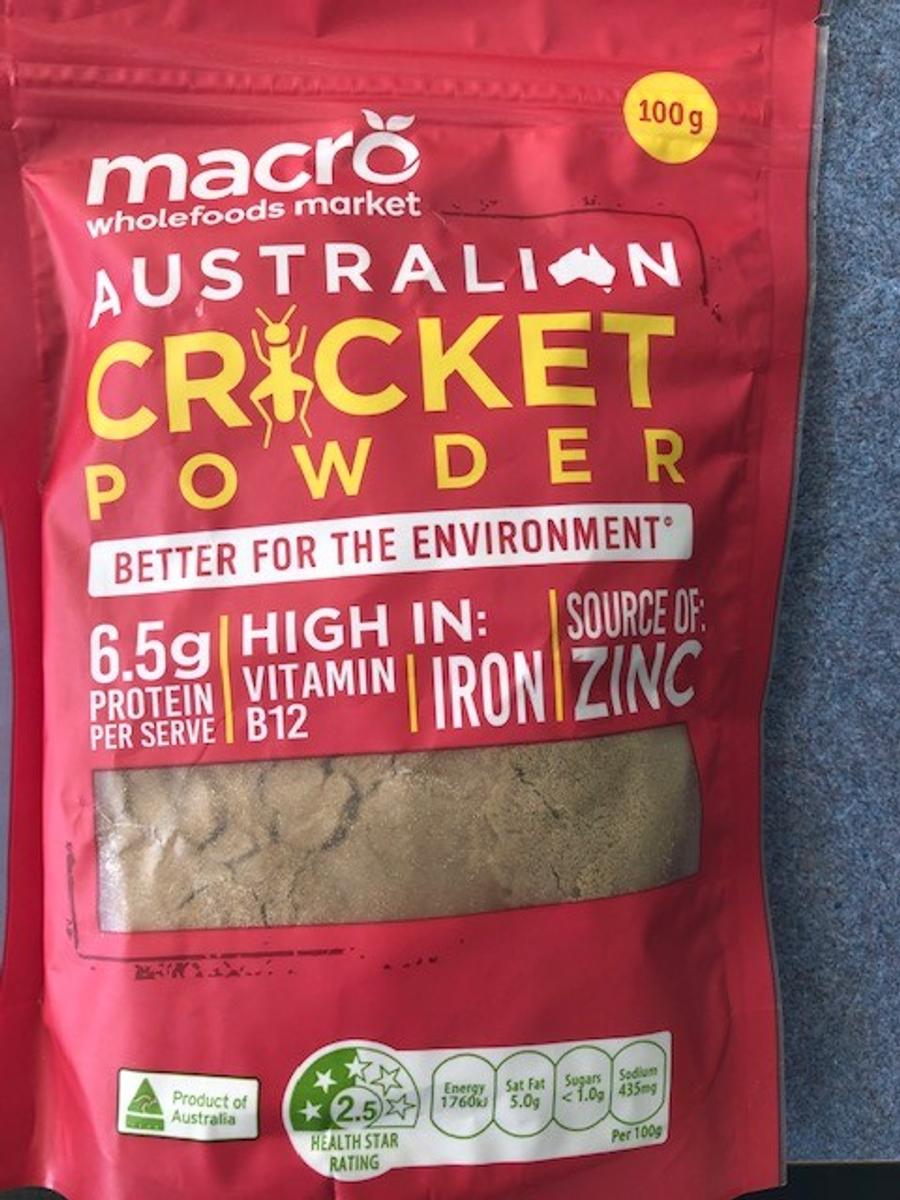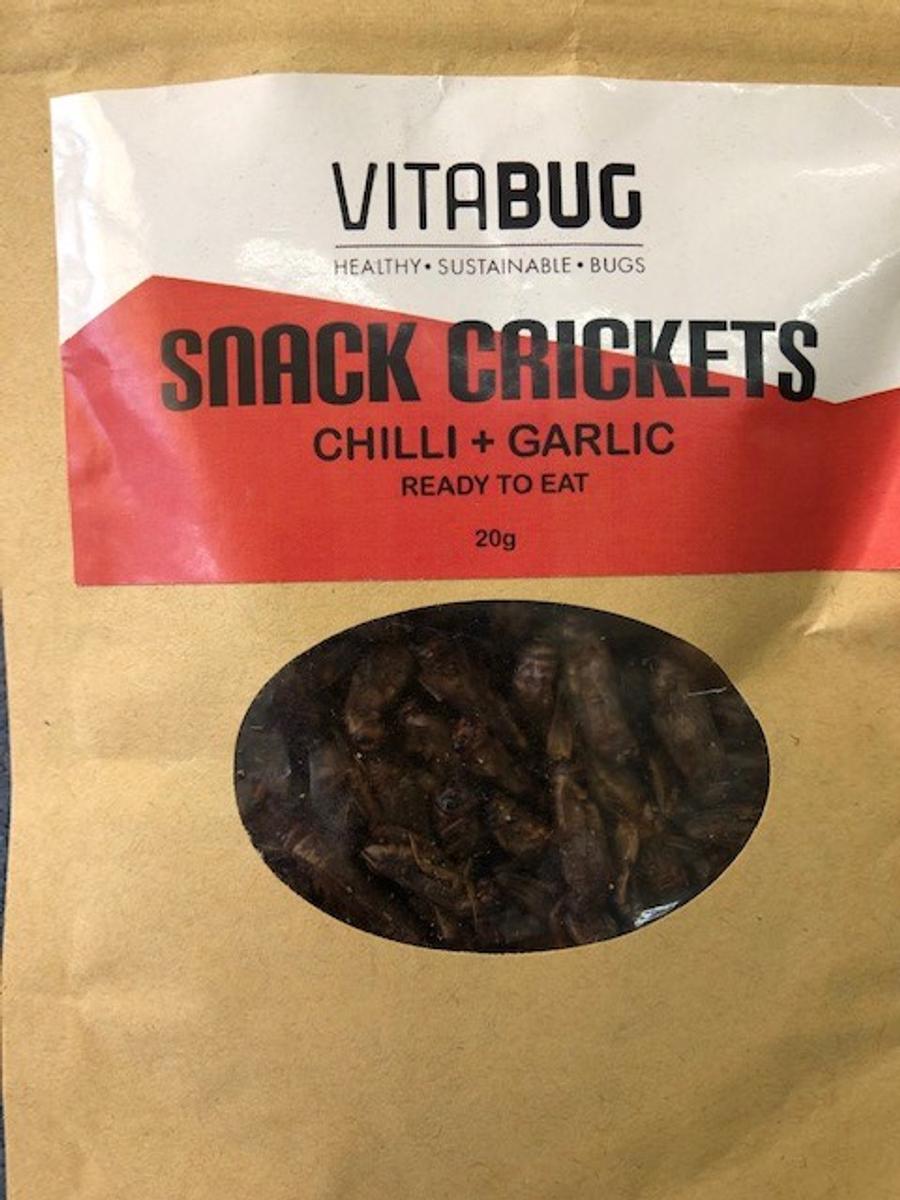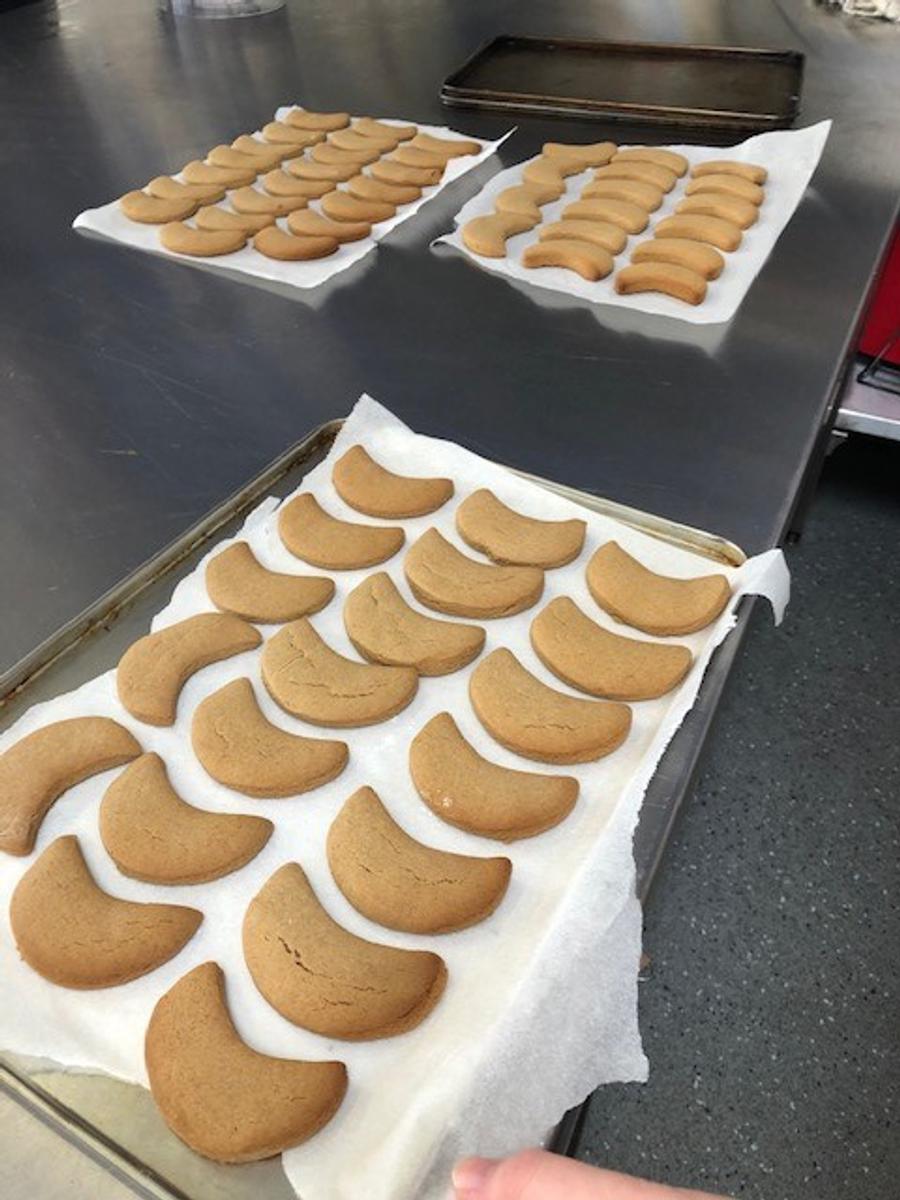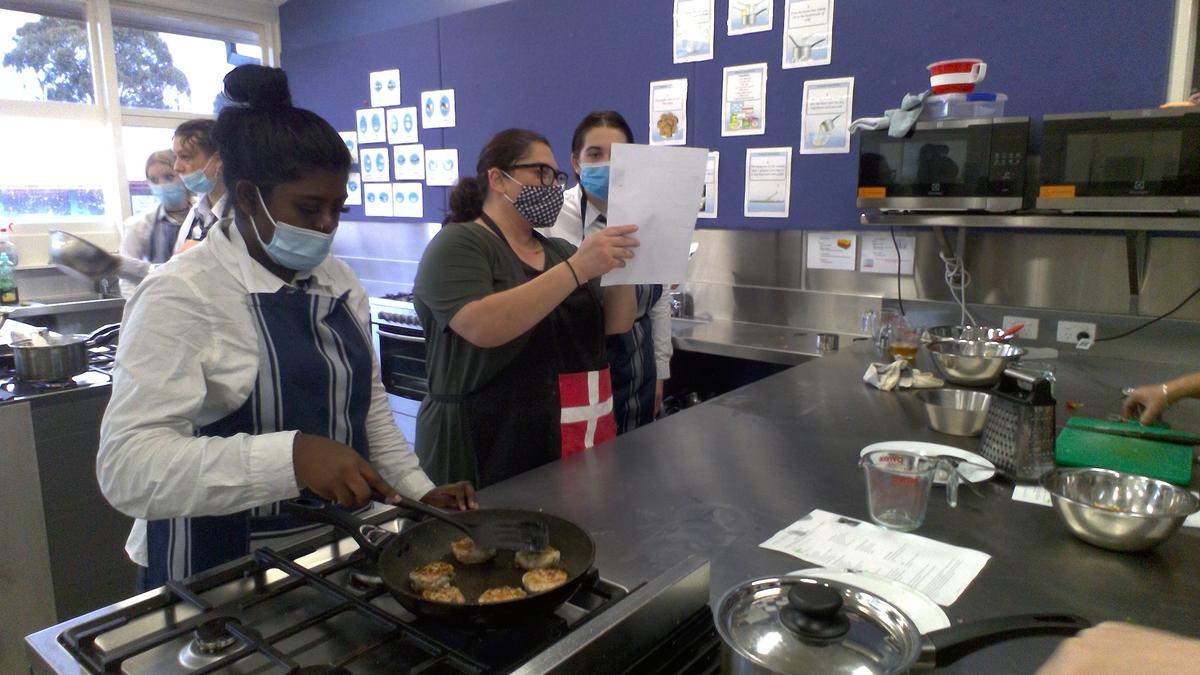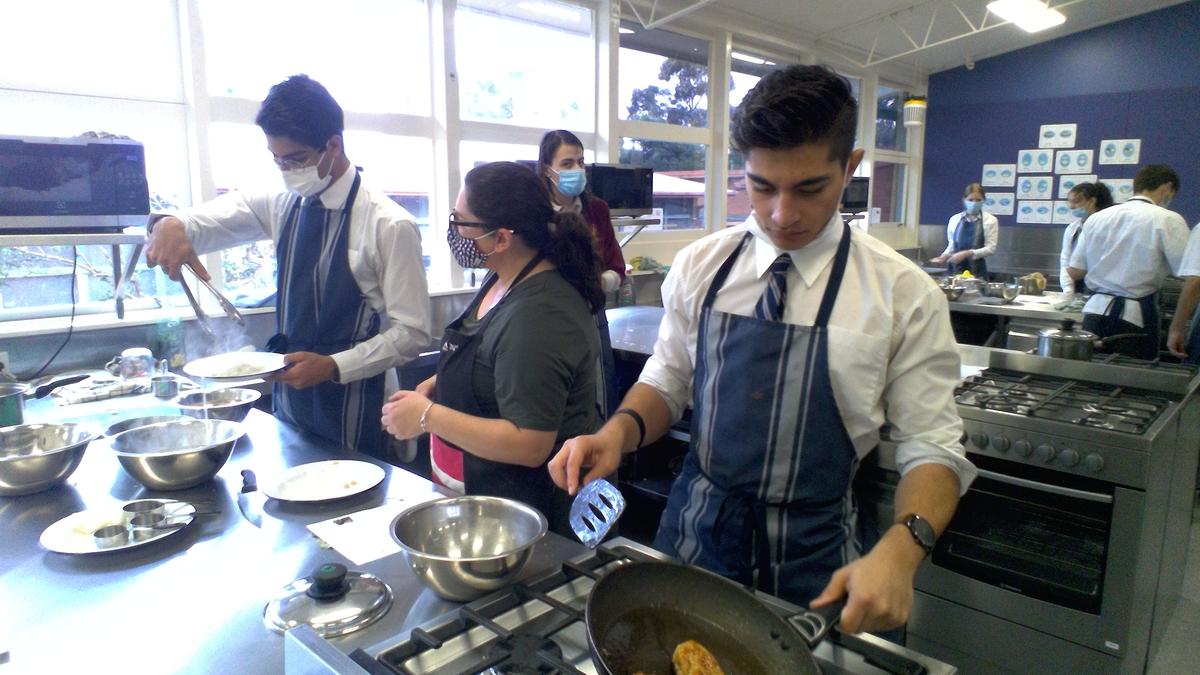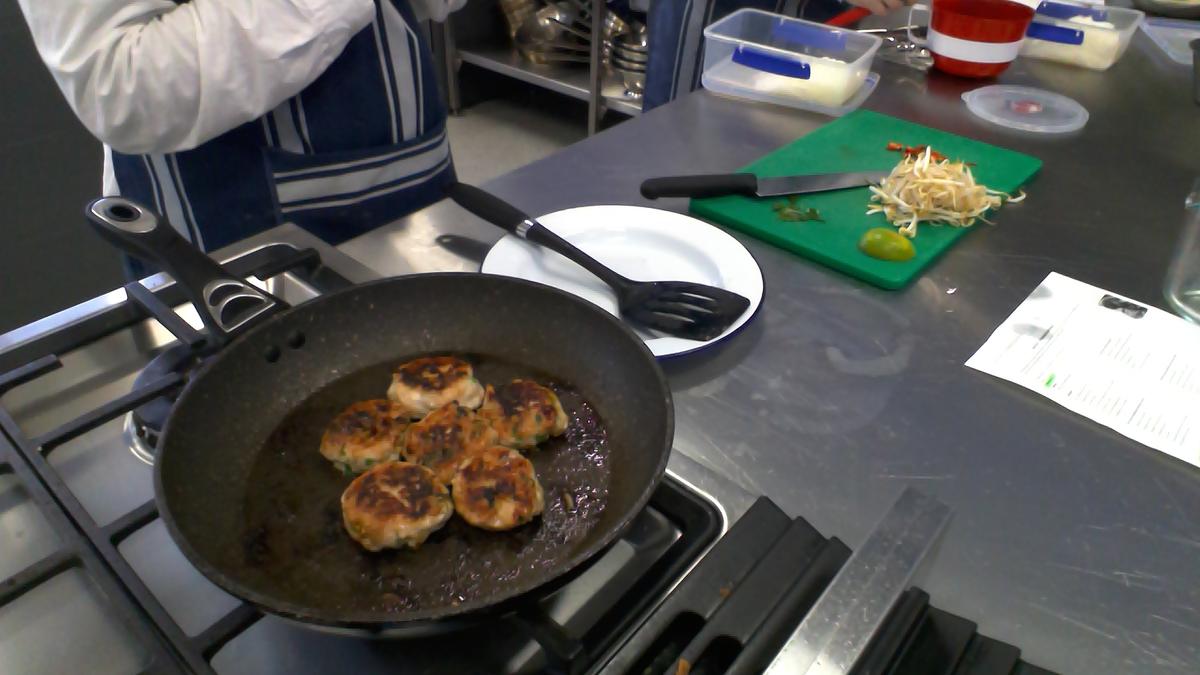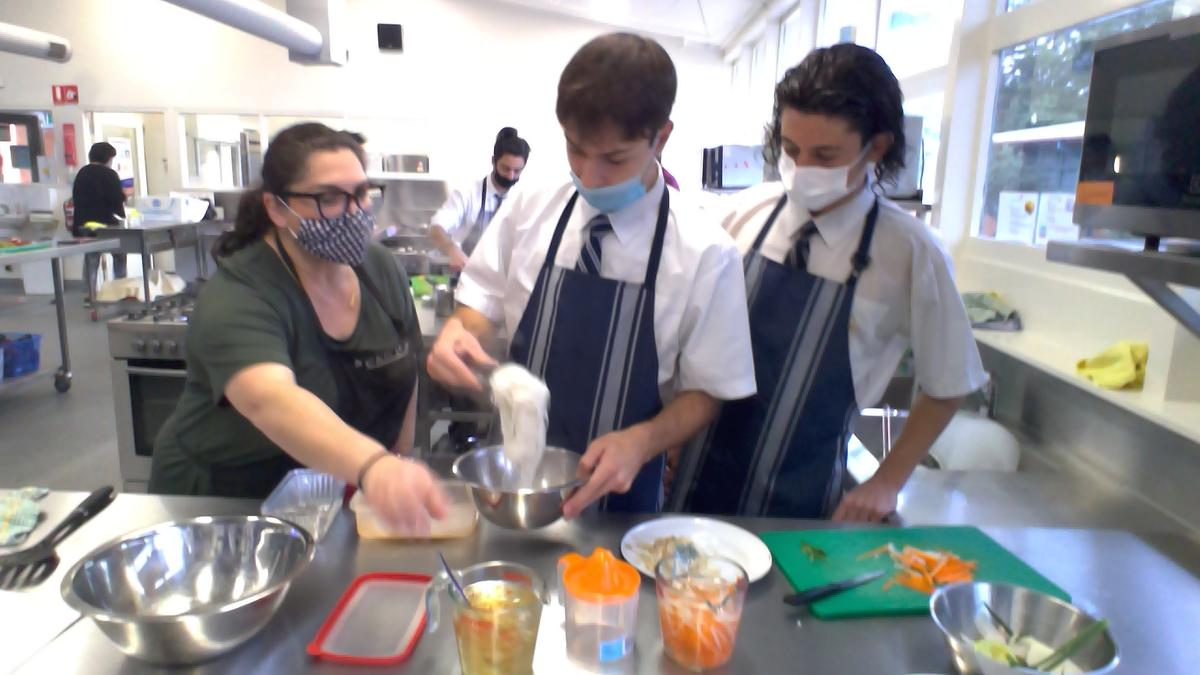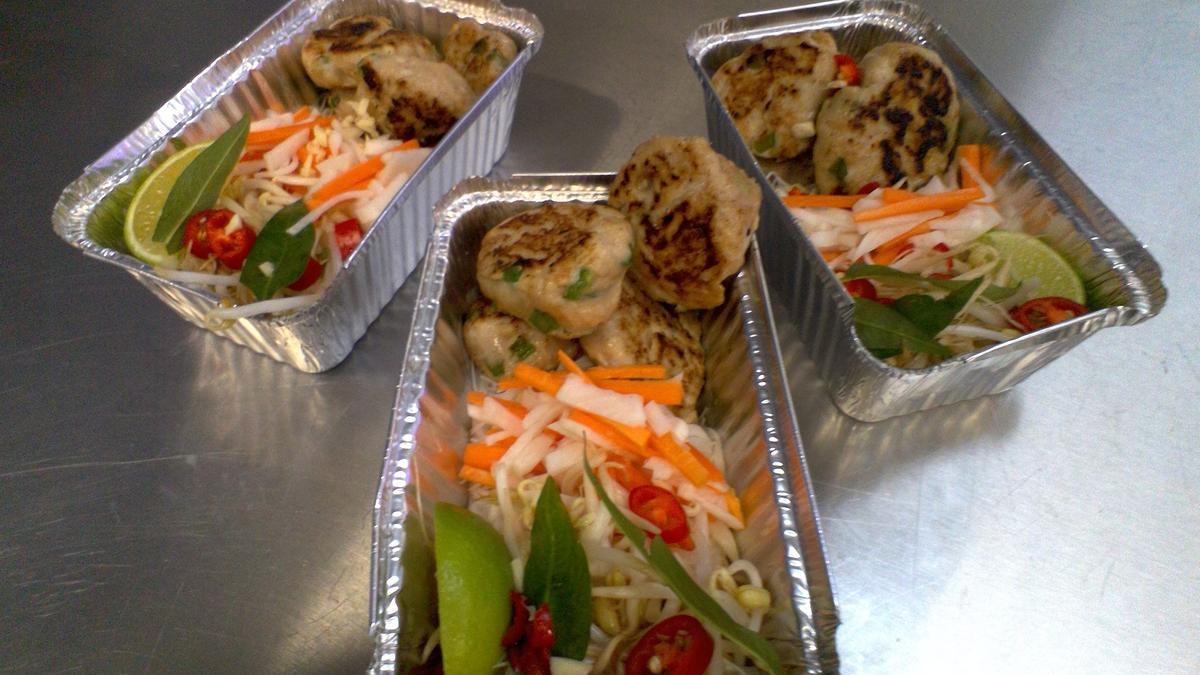Food Technology
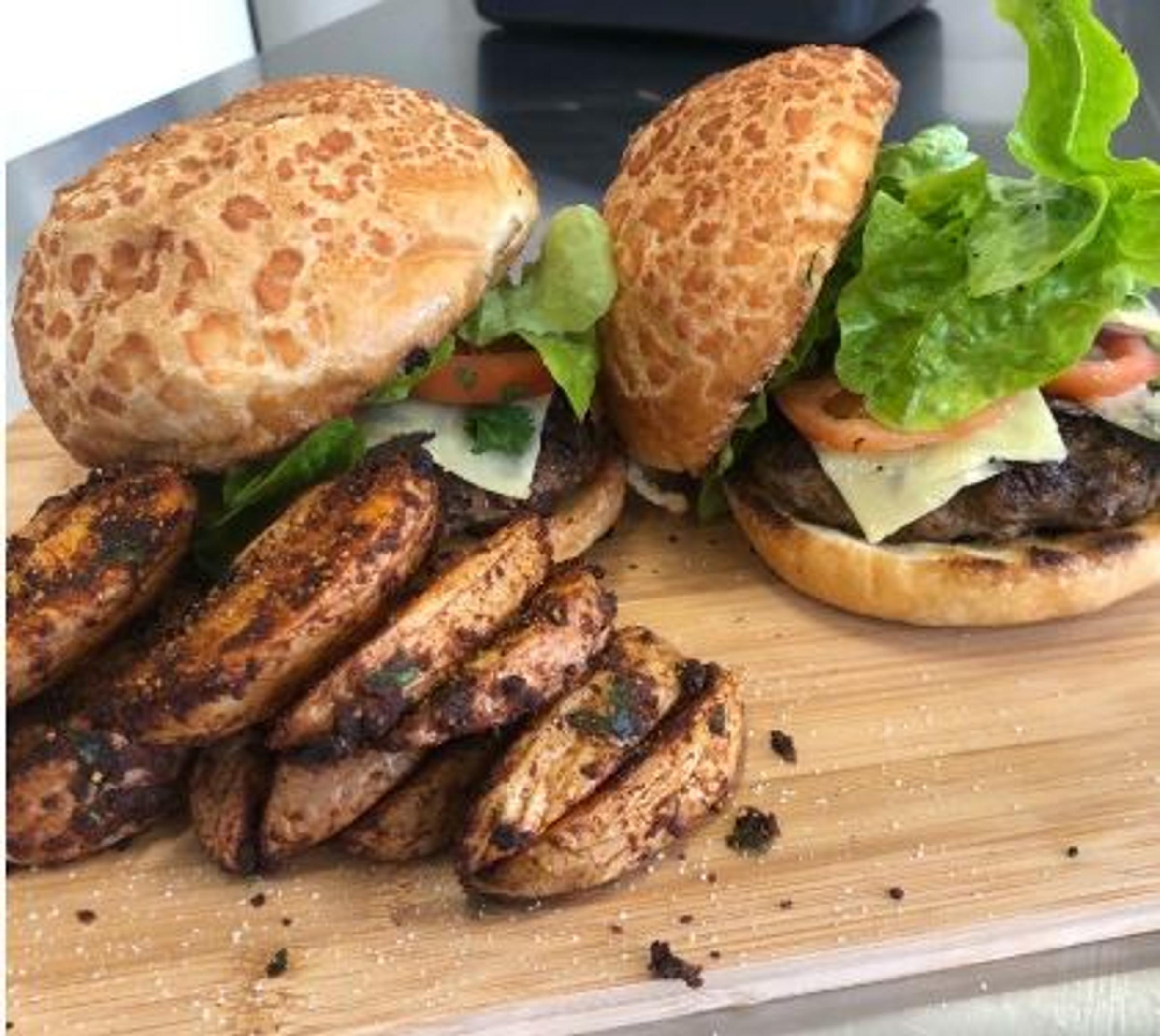
Year 10 - Creating with Food
Last week students completed their Design Brief Production. They were given a scenario and over a period of 5 weeks had to plan, prepare and produce a recipe of their choosing.
There certainly was a hum in the Food Technology room as 21 students cooked 21 different recipes.
Congratulations to my two Year 10 classes on your focus, energy and inspiring recipe selections.
Class 1
Class 2
Anna Buzzi
Food Technology Teacher
Year 11 Food Studies - Should we eat Skippy?
The Year 11 students began their studies on Food in Australia by cooking with foods indigenous to Australia. They used wattle seed to make a chocolate self-saucing pudding and cooked with kangaroo meat. Wild meats, such as kangaroo, are lower in saturated fat, high in iron and complete protein than the meat of domesticated animals. Kangaroo is cooked like any other game meat - that is, it is seared on a high heat to seal in meat juices and cooked lightly. It is then rested to tenderise the meat.
I was proud of the students who all had a taste despite questioning if they should be eating our national emblem.
Year 12 - Food trends and using sustainable ingredients
The Year 12s have been looking at food trends and sustainable ingredients. They cooked with Quorn as a substitute for meat in spaghetti bolognaise.
Quorn sits somewhere between a lab meat and a plant based meat. It is made of mycoprotein – a fungus. Producing mycoprotein uses 90% less land and water than producing some animal protein and it is high in fibre and low in fat. It is however, highly processed and this was the conundrum we discussed.
The students also made Gingerbug biscuits using cricket powder. A high protein supplement. Did you know that:-
The act of eating insects is called ENTOMOPHAGY.
That most insects are a great source of complete protein. Some are over 65% protein.
Are high in a fibre called chitin – good for gut health.
It takes 200 square metres of land to produce 450 grams of beef but only 15 square metres for the same amount of crickets
It takes 22,000 litres of water to produce 1 kilogram of beef but only 1 litre of water to produce 1 kilogram of crickets.
While the students were reasonably receptive to trying the Gingerbug biscuits they were less willing to give the flavoured dried meal worm and cricket snacks I offered them.
Year 11 Food and welcome back Anna
We welcome back from leave and to our Food team Anna Buzzi. Anna has a passion for food and strong knowledge of health and nutrition. Recently my Year 11 Food Studies have been studying the impact of immigration on Australian cuisine. Anna visited our class to work with the students to produce Bun Cha – a Vietnamese noodle bowl with caramelised meatballs, pickled vegetables, a beautiful tangy savoury sauce and all served with beanshoots, lettuce, lots of fragrant and flavoursome Asian herbs and lime. Very delicious indeed!!
Allison Hart
Food and Health Teacher

